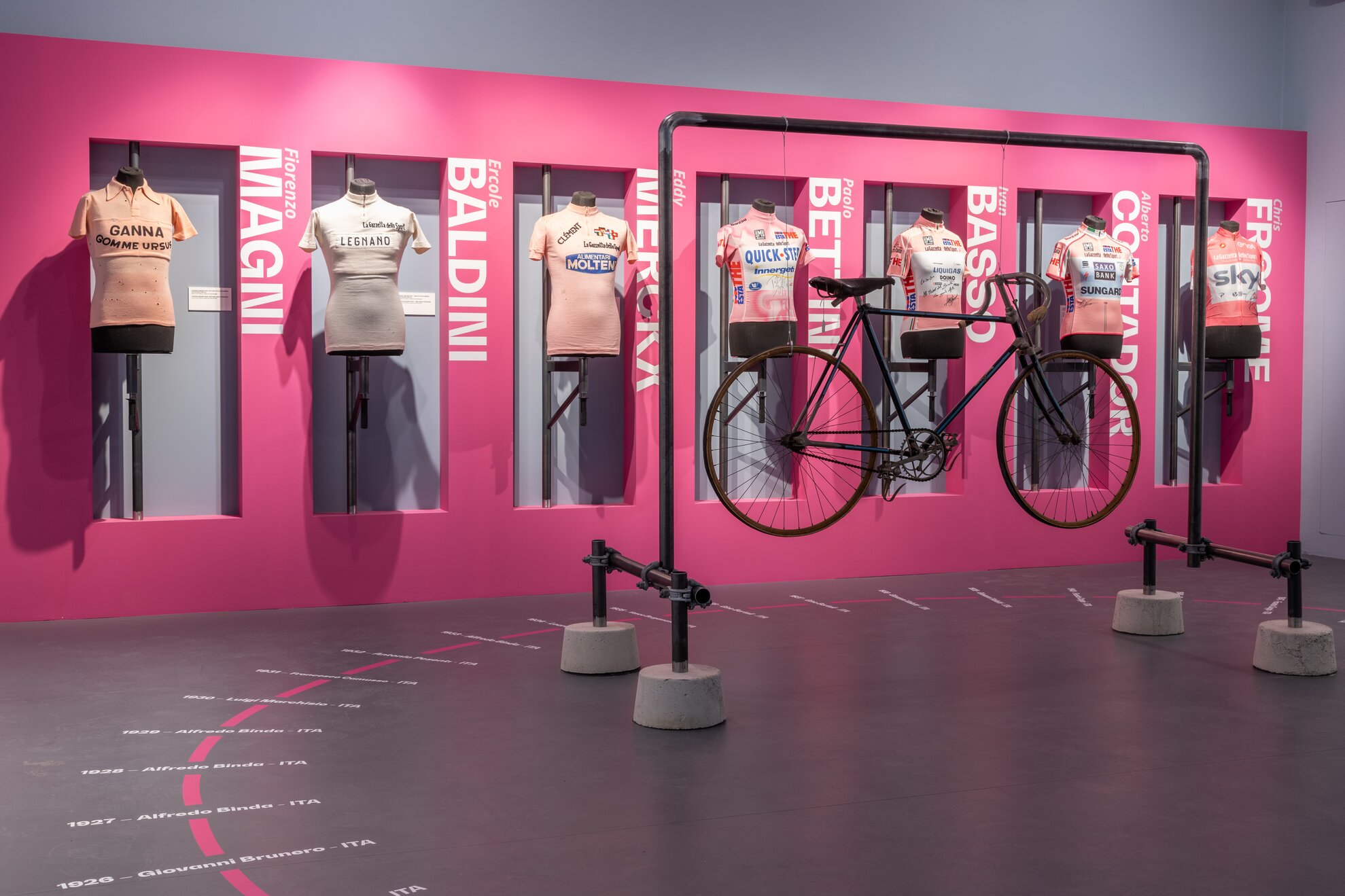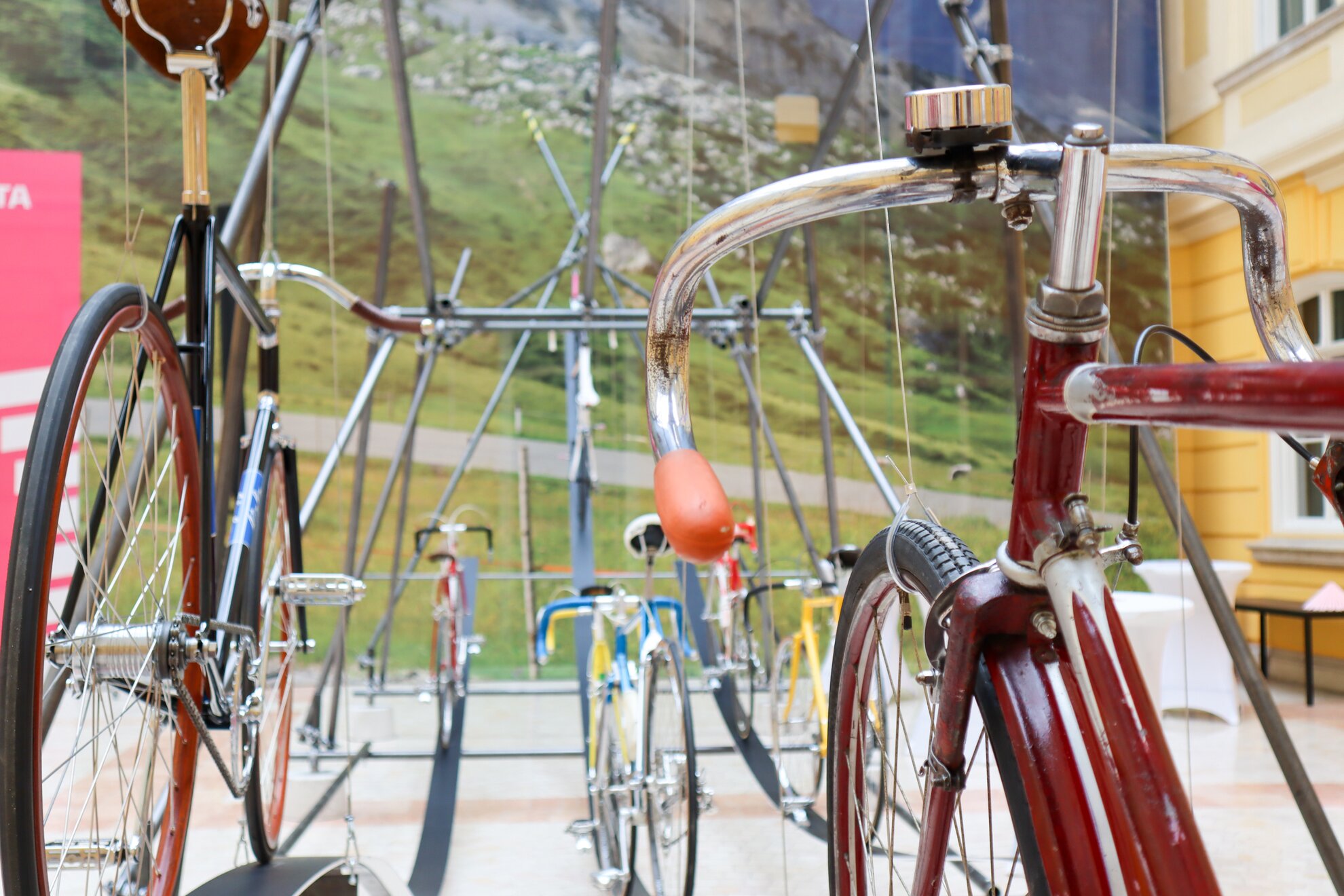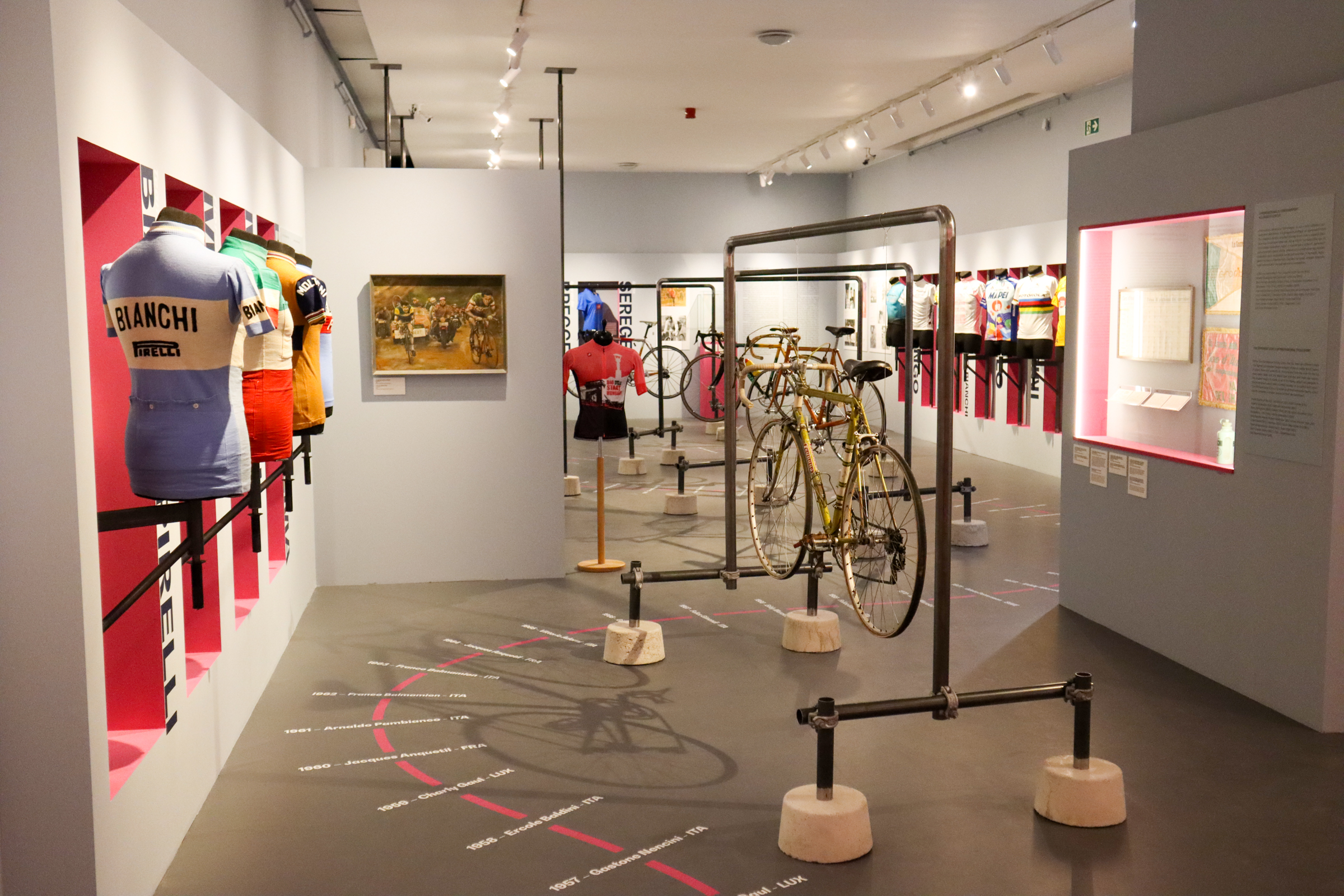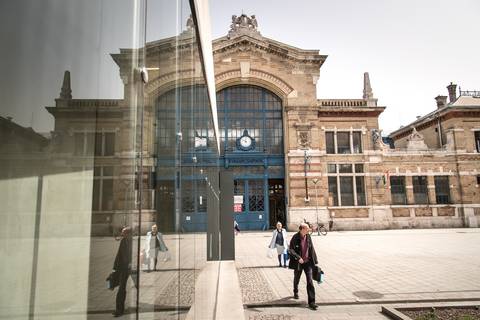This month, Budapest hosted the start of the 105th Giro d’Italia. The Buda Castle Museum pays tribute to the Italian tour and the historic tradition of Hungarian cycling with the temporary exhibition, 'Budapest köszönti a Girót! – Budapest saluta il Giro!'. This large-scale display awaits not only lovers of the sport, but can also be exciting for those unfamiliar with the international race. Thrilling interactive elements also await, such as stepping inside the body of a competitive racer and trying out an old cycling training facility.
At the latest exhibition at the Buda Castle Museum, you can get to know the history of the Giro d’Italia and learn about the many exciting stories concerning the tradition of cycling in Hungary. In addition to archive photos, artefacts related to the competition – original cycling jerseys, racing bikes and motorcycles, prizes and special memorabilia – bring to life the biggest characters in the competition that dates back more than 100 years.

Among these personalities are significant individuals such as the three-time Giro winner Gino Bartali, born in 1914, who hid documents in the saddle of his bike to smuggle Jews from Assisi to Florence during World War II. Legends and stories related to competitions, such as Alfonsina Strada, who still started as the only woman at the 1924 Giro d’Italia, are also in focus.

The Giro exhibition is a fine experience, but it is
also accompanied by exciting events such as a guided tour by former cyclist Péter
Tarapcsák on the Night of Museums on 25 June, and an analogue photographic
performance by light cyclist Károly Szert Minyó.
There will also be a
roundtable discussion with Mindset sports psychology specialist Kristóf Kovács,
sports dietician Gergő Gönczy, former cyclist Péter Tarapcsák, historian and chief
museologist Loránd Balla, and Roland Perényi, director of the Kiscelli Museum,
historian and chief museologist, all sharing their experience.
More information about the exhibition and the various events that accompany it can be found on the Buda Castle Museum website.




